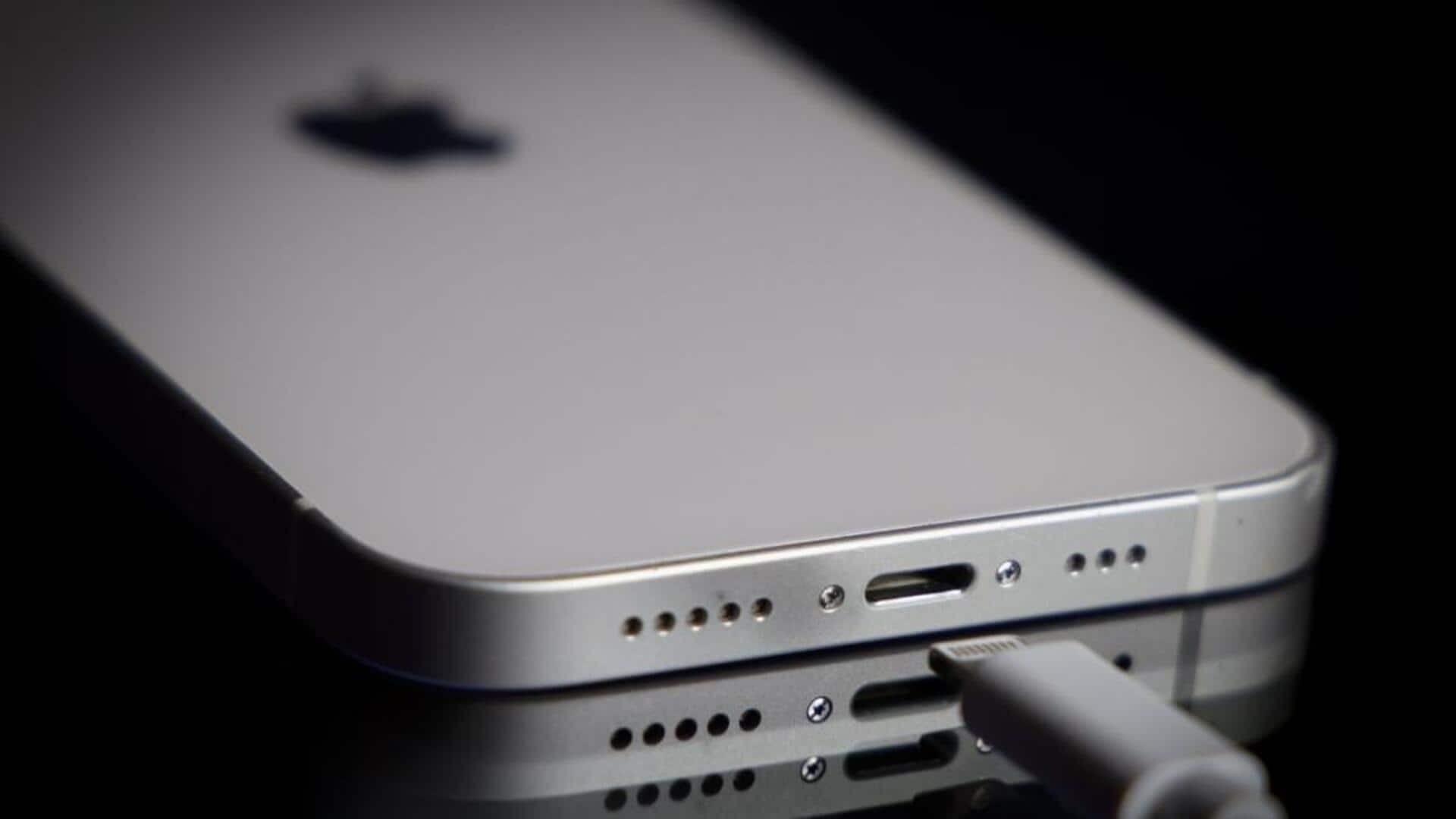
End-of-an-era: Apple bids farewell to Lightning port and Home button
What's the story
Apple has officially killed its Lightning port, ending an exciting era in consumer technology.
The tech giant had introduced the feature in 2012 as a sleeker alternative to the bulky 30-pin dock connector.
Now, with the launch of iPhone 16e with a USB-C port and discontinuation of iPhone 14, no Apple devices with a Lightning port are left on sale.
Regulatory impact
EU regulations influenced Apple's shift to USB-C
The European Union (EU) was instrumental in Apple's shift from Lightning port to USB-C.
Back in 2022, the EU had ruled that all new mobile devices should come with a USB-C charging port.
The rule, which was fully implemented by end of 2024, forced Apple to start its USB-C transition with iPhone 15 released in September 2023.
Compliance
Apple's MacBook range already compliant with EU mandate
Notably, the EU's USB-C mandate also applies to laptops, with a compliance deadline of spring 2026.
However, Apple has already brought its MacBook range in line with the requirement by switching to USB-C chargers.
This further reinforces the tech giant's commitment to complying with regulatory standards and adopting universal charging solutions.
Interface evolution
Apple discontinues home button, marking end of classic interfaces
Along with the Lightning port, Apple has also killed another iconic feature - the Home button.
It was first introduced in 2007 with the first iPhone. Later, it got upgraded to Touch ID (home buttom with built-in fingerprint scanner).
The now-discontinued iPhone SE was the last device in Apple's lineup to come with this feature.
It's a big day in Apple's history as it marks the retirement of some of its most recognizable interfaces.